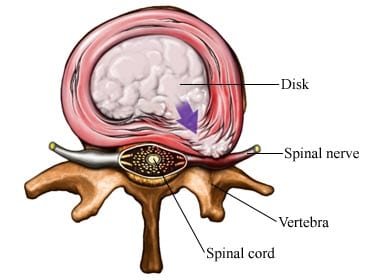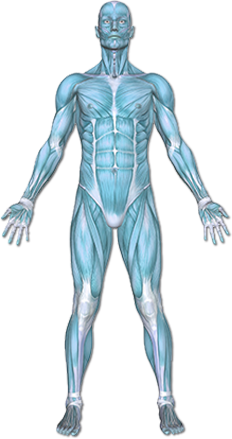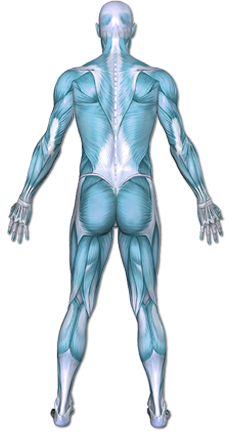Herniated Disc
Discs are small circular cushions between the bones in the spine (vertebrae). A herniated disc happens when discs in the spine bulge from their proper place. This is most common in the lower spine.


Copyright © Nucleus Medical Media, Inc.
This content was created using EBSCO’s Health Library
Herniated discs can occur when discs lose water content, become flatter, and provide less cushioning. It can also occur when the disc is damaged by trauma.
This content was created using EBSCO’s Health Library
These factors increase your chance of developing a herniated disc:
- Age: 30s and 40s
- Trauma from a fall, accident, or sudden twisting
- Strain on the back—either repeated or sudden, as from lifting a heavy weight
- Certain jobs that require heavy lifting
- Smoking
- Obesity
- Diabetes
This content was created using EBSCO’s Health Library
Symptoms may include:
- Pain
- May be sharp, dull, piercing, aching, burning, or throbbing, depending on the disc and size of herniation
- May spread over the back, buttocks, down the back of one thigh, and into the calf
- May be in one leg or both legs
- Numbness, tingling, or weakness in the legs, feet, or in one or both arms
- In severe cases, inability to find comfort even lying down
- Sudden aching or painful neck that cannot be straightened without severe pain
- Cauda equina syndrome—involves bowel or bladder changes and/or numbness in the groin
- Note: This is an emergency, call for medical help right away.
This content was created using EBSCO’s Health Library
The doctor will ask about your symptoms and medical history. A physical exam will be done. Your spine will be examined. The movement, strength, and reflexes of your arms and legs will be tested. Images may be taken of your bodily structures. This can be done with:
- MRI
- CT scan
- Bone scan
This content was created using EBSCO’s Health Library
Your therapist will educate you on pain-relieving techniques, such as ice and decreasing or modifying painful activities. Herniated discs often occur from muscular tightness or weakness which causes your posture to get out of alignment. Years of activity with poor posture can lead to damage of the structures of the spine. Your therapist will educate and assist you on proper stretching and strengthening exercises for the back. They may need to perform hands on, manual therapy techniques to further increase joint flexibility. The final phase of rehab will involve strengthening during functional activities and education to prevent this injury from occurring again. If surgery is needed, your therapist will work with you to regain your strength and range of motion through education, exercise, and manual therapy. They will teach and train you to perform functional activities with proper strength, endurance, and education that will help avoid future injury.
This content was created using EBSCO’s Health Library
To help reduce your chances of getting a herniated disc, take the following steps:
- Practice good posture. Stand and sit straight, and keep your back straight when lifting.
- Maintain a healthy weight.
- Exercise regularly. Ask your doctor about exercises to strengthen your back and stomach.
- Don’t wear high-heeled shoes.
- If you sit for long periods of time, use a stool to bring your knees above your hips.
This content was created using EBSCO’s Health Library
This content was created using EBSCO’s Health Library


